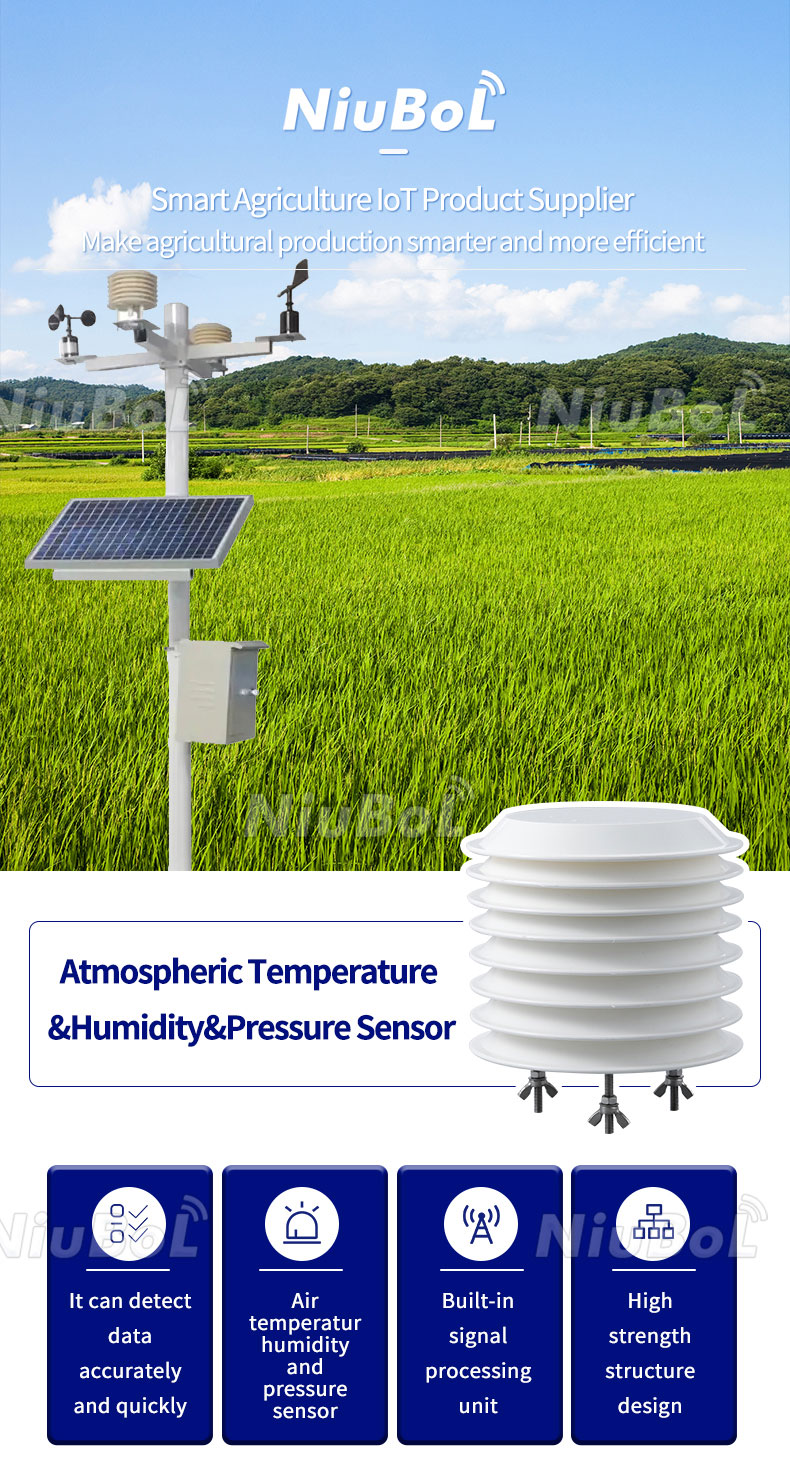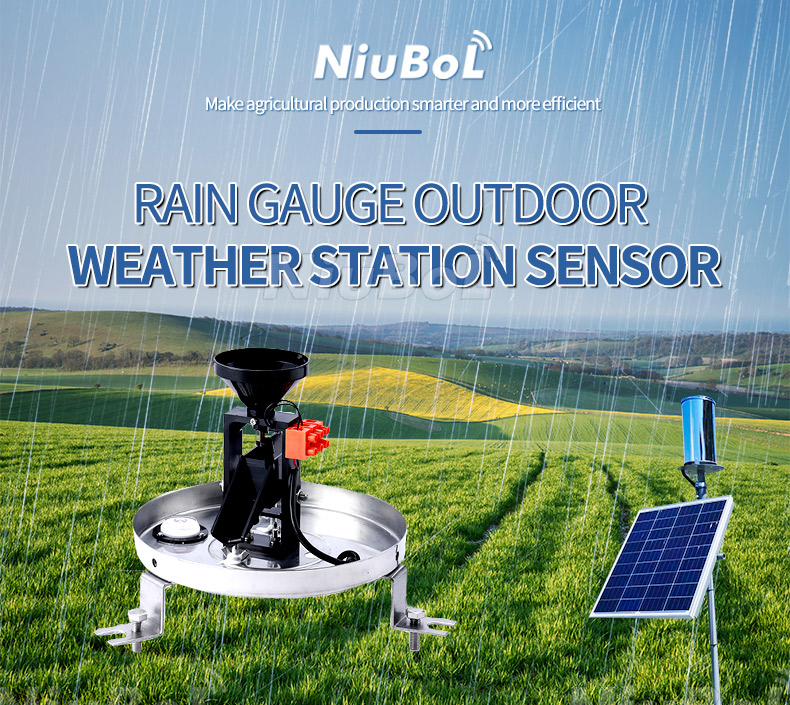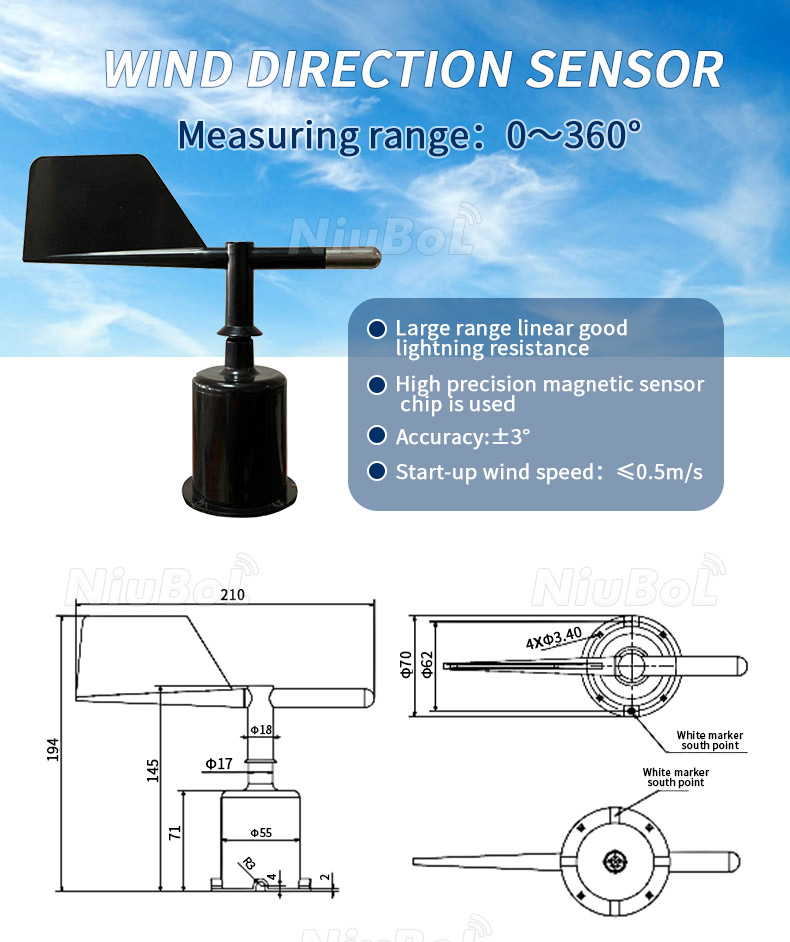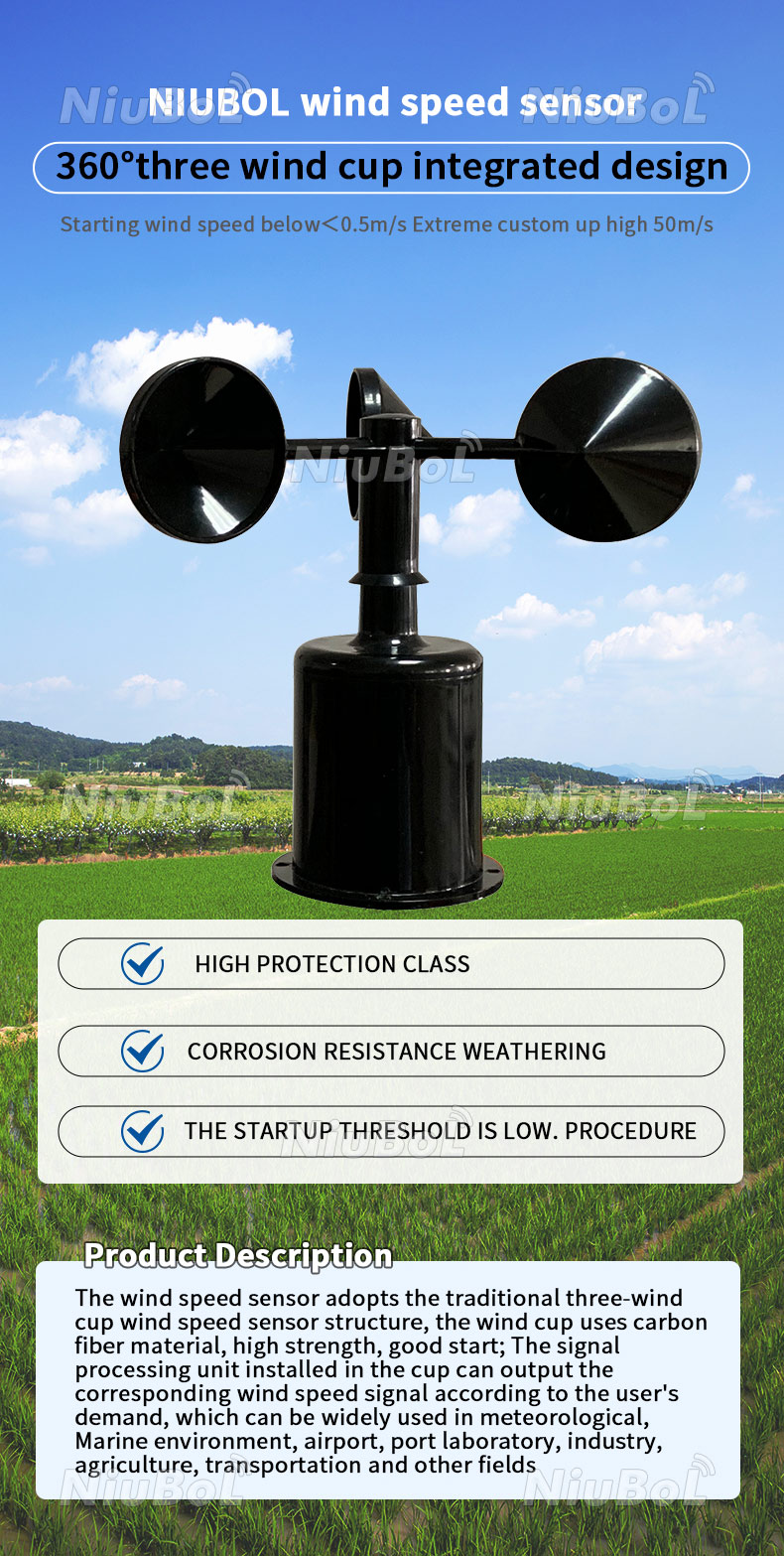

— Blogs —
—Products—
 Consumer hotline +8618073152920
Consumer hotline +8618073152920 WhatsApp:+8615367865107
Address:Room 102, District D, Houhu Industrial Park, Yuelu District, Changsha City, Hunan Province, China
Product knowledge
Time:2023-07-20 21:43:34 Popularity:2061
Automatic meteorological station is a facility used to observe and record weather changes. Meteorological stations typically measure and record six main meteorological elements, which are:
Temperature: Temperature is measured using a thermometer or digital sensor. Temperature variations have significant impacts on crop growth and development.

Humidity: Humidity refers to the amount of water vapor in the air. Humidity can be measured using a hygrometer or relative humidity sensor. Humidity plays an important role in crop transpiration, occurrence and spread of pests and diseases.

Precipitation: Precipitation refers to the total amount of water falling on the ground per unit area, including rain, snow, and dew. Precipitation is usually measured using a rain gauge or precipitation sensor. The distribution and intensity of precipitation are crucial for agricultural irrigation and crop growth.

Wind Speed: Wind speed is measured using an anemometer or wind vane instrument. Changes in wind speed have effects on crop pollination, evaporation, and spread of pests and diseases.

Wind Direction: Wind direction refers to the direction from which the wind is blowing. Wind direction is determined using instruments such as wind vanes or wind direction sensors. Wind direction has important implications for agricultural operations, pesticide spraying, and the occurrence of meteorological events.
Atmospheric Pressure: Atmospheric pressure refers to the pressure exerted by the atmosphere on a unit area. Changes in atmospheric pressure have significant implications for weather forecasting and climate change.
By collecting data on these six meteorological elements, meteorological stations can provide accurate weather information to assist farmers in planning crop planting, irrigation, fertilization, and in responding to weather changes and disaster risks. Furthermore, these data are valuable for climate research, weather forecasting, and ecological environmental monitoring.
Related recommendations
Sensors & Weather Stations Catalog
Agriculture Sensors and Weather Stations Catalog-NiuBoL.pdf
Weather Stations Catalog-NiuBoL.pdf
Related products
 Combined air temperature and relative humidity sensor
Combined air temperature and relative humidity sensor Soil Moisture Temperature sensor for irrigation
Soil Moisture Temperature sensor for irrigation Soil pH sensor RS485 soil Testing instrument soil ph meter for agriculture
Soil pH sensor RS485 soil Testing instrument soil ph meter for agriculture Wind Speed sensor Output Modbus/RS485/Analog/0-5V/4-20mA
Wind Speed sensor Output Modbus/RS485/Analog/0-5V/4-20mA Tipping bucket rain gauge for weather monitoring auto rainfall sensor RS485/Outdoor/stainless steel
Tipping bucket rain gauge for weather monitoring auto rainfall sensor RS485/Outdoor/stainless steel Pyranometer Solar Radiation Sensor 4-20mA/RS485
Pyranometer Solar Radiation Sensor 4-20mA/RS485
Screenshot, WhatsApp to identify the QR code
WhatsApp number:+8615367865107
(Click on WhatsApp to copy and add friends)
